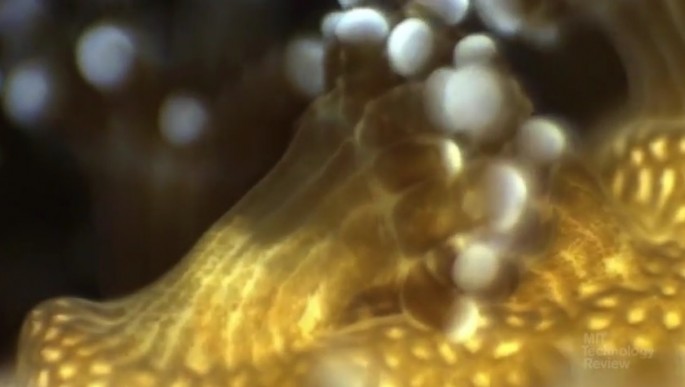A new microscope that works 100 feet below the water surface has captured us a high resolution video of how corals grow, kiss, and fight. It has allowed us to take a glimpse upon this mysterious creature in a more detailed manner.
One of the discoveries of this feat is that researchers were able to detect polyps - a microscopic part of the coral's body - embracing each other after filming coral colonies overnight. "," PhD student Andrew Mullen said, who is a co-lead author of a study published in Nature Communications and the lead developer of the BUM.
Corals are being studied in microscopes because the "polyps" appear so small that they are invisible to the human naked eye. These polyps also move very slowly, which makes corals appear as though they were immobile and lifeless.
The microscope used in this study is called the Benthic Underwater Microscope (BUM). It has the ability to capture 1/10th of the human hair's width (which is around 10 micrometers), and while that may seem very small compared to the scale we're used to, it's still significantly less than what laboratory microscopes can achieve.
But even though microscopes in the lab can examine a particular sample object in extreme detail, the BUM still gives researchers a lot of power through recording the behavior of corals in their habitats on a much smaller scale, since no previous microscope has achieved this degree of resolution before. Previous resolutions were around 20 to 50 micrometers.
Corals are often misjudged as plants, but they're actually marine invertebrates and sponges, which make them animals as well, just like other fishes. They are always found together in reefs, which is probably why they look like a clump of steady plants in an underwater garden more than a colony of sponges living on the seabed as its habitat. They are fragile forms of life, which doesn't allow them to make any water body their habitable zone.
Another one of the interesting discoveries of the BUM during its observation is that different species of corals would break into a fight when moved next to each other. They would send out filaments from their guts as a way for them to digest their foes.
Furthermore, the BUM is being used for investigating coral bleaching, an event that occurs when the oceans become too warm in which they become prone to starvation since they expel algae from themselves. Coral bleaching has occured at an alarming rate of 93 percent of The Great Barrier Reef, according to a source from The Washington Post.



























